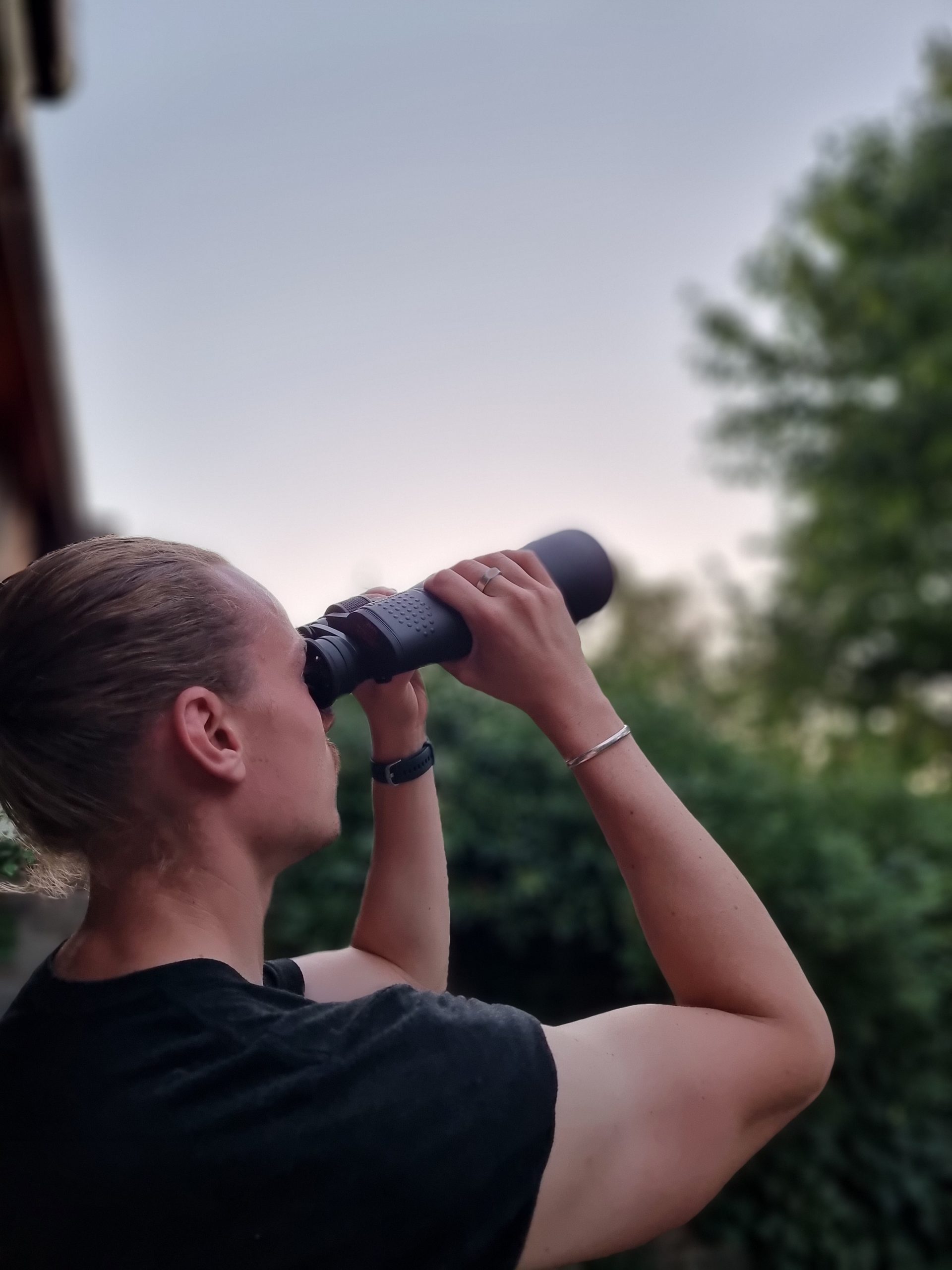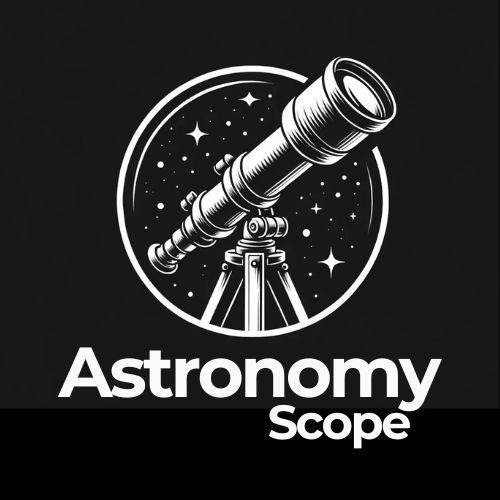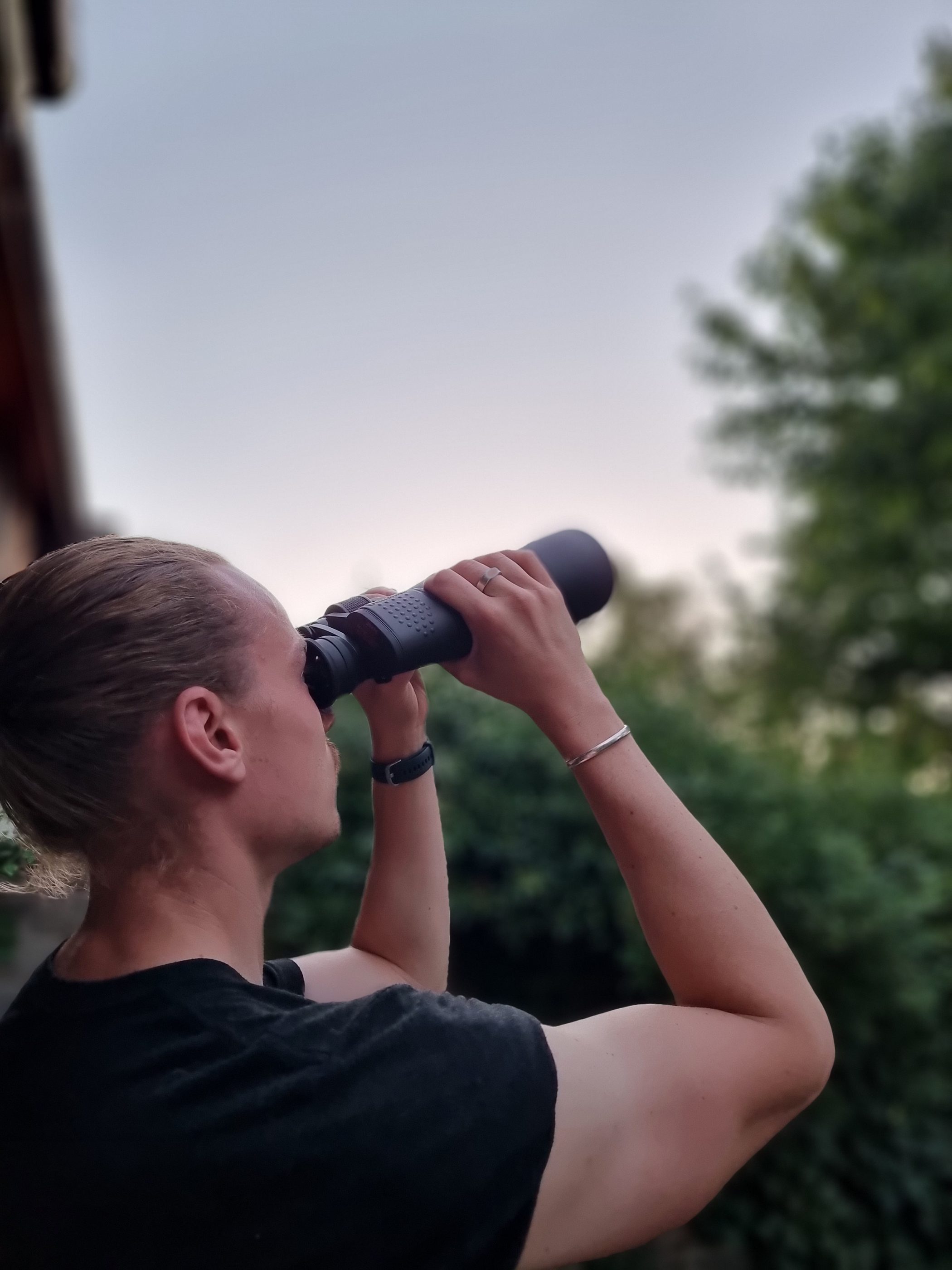There are perhaps few, if any, natural sights and wonders that are as mesmerizing as a starry night sky. Every night, when the sun goes down, and the moon comes up, a sheet of darkness stretches across the aerial landscape.
Billions of burning balls of fire and gas from across the universe illuminate this landscape so beautifully for us human’s to enjoy, so long as the conditions are right for it.
When the moon goes down and the sun comes back up, that sheet of darkness is replaced by a glorious blue sky (or grey clouds, depending on what your local weather forecast is.
But despite the sky changing, the stars remain present in the vastness of the universe. So, does this mean we can still see stars during the day as well? Or is it an exclusively nocturnal activity? Let’s find out!
So, can you see stars during the day? You can’t really see stars during the day, except for a select few. This is due to the brightness of the Sun, combined with the dim, distant nature of stars. Particularly bright stars, combined with high-powered telescopes and excellent viewing conditions may allow for certain star observations during the day.
Chances are, you’re not going to want to set out stargazing when the suns up.
Wait for darkness, if you can.
Complete darkness.
That’s when you’re going to get then most impressive views.
But let’s be honest, if you are as excited as I usually am to use your new telescope, or you just want to see what is actually possible, you could always attempt a day-viewing session.
While what you will see is limited (and you have to be particularly careful of the sun), there is a star you may want to hunt out.
As we shall see below.
How Many Stars Can You See During The Day?
You can see two stars during the day; the Sun and Sirius the brightest star we can see outside of our solar system). Vega and Arcturus may be seen with higher powered telescopes and the right viewing conditions.
There are a lot of stars in the universe. Billions, in fact.
From Earth, some estimates are that there are about 10,000 visible stars in the night sky. Others suggest there are as many as 50,000 visible.
And that’s the keyword here. NIGHT. Not day. During the day, it is impossible to see even a handful of these 10,000 to 50,000 stars.
So, how many stars can we see at night? Realistically, only 2!
The first is…
The Sun
You probably weren’t expecting me to say the sun because people naturally forget that it is a star.
Perhaps that’s because we’re so used to perceiving stars and tiny dim illuminated dots in the sky, whereas the sun is this massive burning ball above us.
But stars all look like the sun when you get closer to them (not that we will be doing that). In fact, most stars are bigger than the sun, whereas some are smaller.
Now, the sun is a rare star from our point of view. That’s because, unlike the majority of all the other stars in the universe, we can see this star, our sun, during the day. And only during the day.
Although, never look directly at it. Especially with equipment such as a telescope or binoculars!
Of course, you can’t see the sun at night. Once it’s gone down at sunset, you’ll have to wait until the next day to see it.
But most other stars are only visible at night when the sky is dark enough for the human eye to discern them.
As well as the sun, there is another star that we can see during the day…
Sirius
This star is called Sirius, and it is the brightest star in Earth’s night sky.
And guess what? You can’t see it with the naked eye! Although, the odd observer has claimed to have seen it just before sunset.
But the fact remains that you most likely won’t be able to see Sirius in the daytime with the naked eye. For this to be the case, it would need to shine five times its standard intensity.
But that doesn’t mean you won’t be able to see Sirius without a little technological assistance.
You might be able to see Sirius if you have the right telescope and are looking during the most suitable daytime conditions. A pair of really good, powerful binoculars might do the trick as well.
Certain filters for your telescope can also increase the visibility of Sirius.
Other Stars
Sirius is the brightest star, but there are some other really bright stars, like Vega and Arcturus.
While not as bright and visible as Sirius, these stars can still possibly be discerned by high-quality modern telescopes that use the right filters.
What Would The Stars Look Like During The Day?
Stars look like white dots on the blue sky background if seen during the day. They don’t have as much of a twinkle to their appearance as they do during the night.
If you’ve been paying attention to the sky above us, you will have noticed that the moon is sometimes visible during daylight hours.
The sun, on the other hand, is never visible at night. Otherwise, it wouldn’t be night.
But you can sometimes see the moon up in the blue daylight sky.
The planet Venus is also sometimes visible during daylight hours if you know where to look in the sky.
But let’s stick with the moon as a case study for now.
During daylight hours, the moon can sometimes be seen in the blue sky.
If you’ve seen this, you’ll know that it’s quite an amazing experience because the moon looks different from how it does at night.
Try to picture in your head the moon in the daylit blue sky.
Now, try and picture the moon in the dark night sky.
What’s the main difference?
Well, if your memory has served you correctly, you will note that the moon is brighter at night. It has a, shall we say, twinkle to its appearance.
The moon lights up the dark sky at night because it is the brightest thing there.
But in the day, it is no longer the brightest object in the sky. During the day, the sun becomes the brightest object in the sky, as does the sky that it illuminates.
So the moon, when spotted during the day, isn’t as bright or twinkly. It looks more like the big grey rock that it is.
Why am I telling you all of this? Well, because it is the same for stars.
At night, the darkness of the blue skies allows stars to be beautifully bright.
During the day, the lighter blue sky means that if stars were visible, they would be dimmer in appearance. They lose their brightness to a degree.
Instead of being bright, twinkly dots in the sky, they would be more like white dots in the sky, in the same way, that the moon is during the day.
This would be the case if stars were visible in the daytime.
For a star like Sirius, which can be visible in the daytime, it will look like a white dot in the blue sky.
Suggestions When Viewing Stars In the Day
When trying to view stars during the day, you will need to consider finding the best location to look from, look at the right time, get your coordinates right and use suitable equipment.
Location
Similarly to viewing stars at night, you will need to get to somewhere that is high up with a clear view of as much of the sky as possible.
Such an environment can be found in a rural setting. So pack up and get out of the city. You don’t want buildings to obscure your view.
Look At The Right time
The sky is clearest when it is cold during the winter. This is because there is no humidity in the air. During the summer, when there is plenty of humidity in the air, haze is produced, blurring the visibility of the sky.
Sunrise and sunset are also better times to look for stars during the day compared to the middle of the day.
The brighter the sunlight, the harder it will be to discern any stars in the sky during the day.
Locate The Star
Of course, you’re never going to spot a star during the daytime if you’re not looking in the right spots.
So make sure you’ve got the right coordinates sorted for your telescope.
Telescope vs. Binoculars
Each comes with its own set of advantages and disadvantages.
For the case of spotting stars during the day, I would recommend using a telescope.
This is because a telescope is much more advanced than a set of binoculars and can see further and clearer.
There also aren’t many stars to keep track of in the day, as we discussed earlier, so you won’t require the mobility and flexibility that comes with a set of binoculars or monoculars.
You simply can just set your telescope up so that it’s looking at the right spot in the sky. From there, you won’t have to move it around much.
Learn more: Can You Use A Telescope During The Day? [You’ll Be Surprised]
Finally
Stars are always there.
And so is the sky.
It’s just the brightness and color of the sky that changes.
At night, it’s suitable for stargazing.
During the day, much less so.
But that doesn’t mean there’s no fun to be had when the sun is up.
You can still search the sky for some of the brightest stars the universe has to offer Earth.
Other guides you may want to check out:

Hey, my name is Jeremy. I’m a passionate and seasoned astronomer who loves nothing more than observing the night sky. I also love researching, learning, and writing all things Space and the Universe. I created Astronomy Scope to share my knowledge, experience, suggestions, and recommendations of what I have learned along the way while helping anyone to get into and maximize their enjoyment of the hobby.

